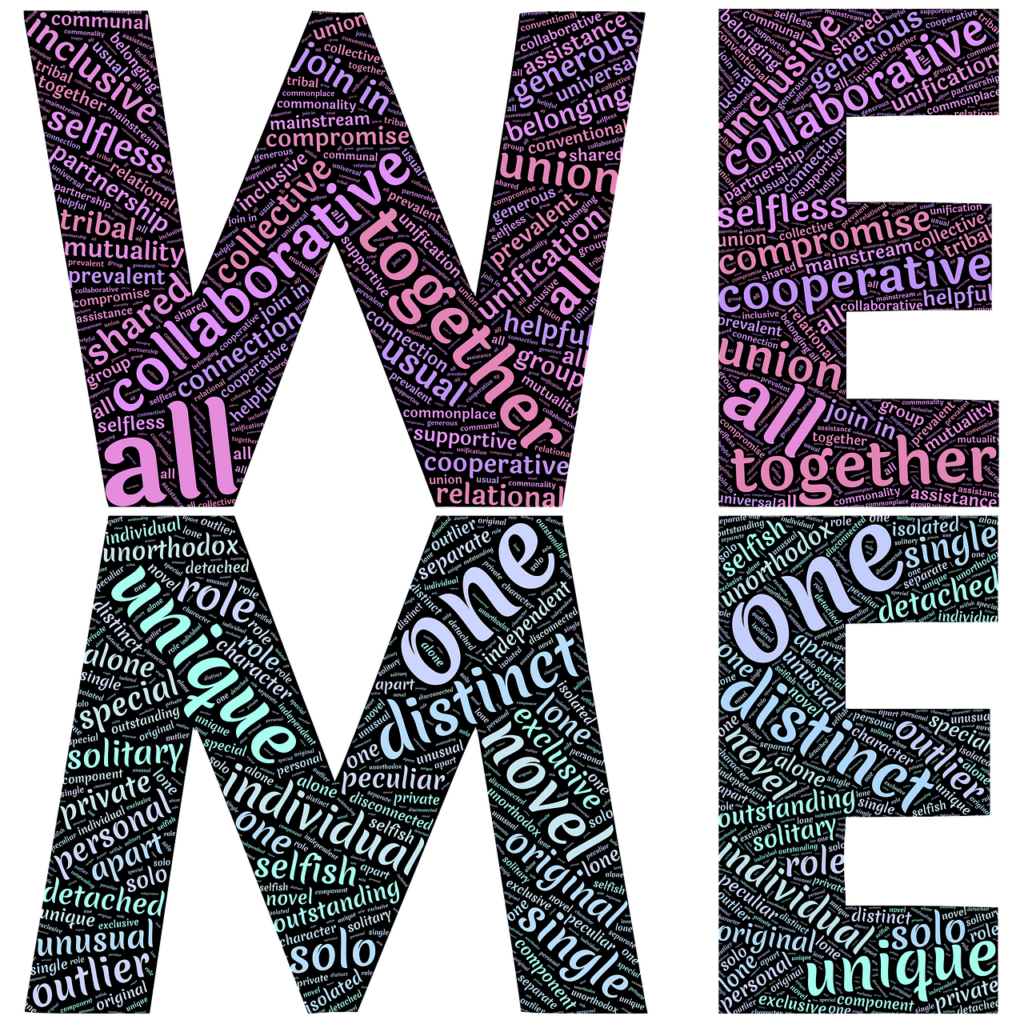
I recently joined an expert panel of Purchasing thought leaders to discuss supplier relationships and exchange best practices. The dialogue was interesting and covered diverse industry experiences that highlighted the value of excellent supplier relationships and illustrated to me, “it’s not easy,” as achieving and sustaining excellent supplier relationships can be an elusive goal.
Table of Contents
It’s Not Easy | Trap Behaviors
Most businesses want excellent supplier relationships, so why isn’t it easy to build and maintain them? Because supplier relationships typically are a combination of the value (past and projected) created together and the perceived quality of how well the partners work together over time. Psychological biases (Peak/End) significantly influence the relationship’s perceived quality, mostly how partners work together in the key moments and at the end of relationships matters most. A few of the “go-to” buyer trap behaviors when stakes are high, even if occasionally used, that may negatively affect relationships with suppliers are the following:
- acting as if “the customer is always right”
- making unilateral decisions to resolve contentious issues
- pursuing winner take all agreements
- assuming relationship quality is uncontrollable and inconsequential byproduct of dealings
- applying inconsistent and selective rationale/ignoring precedence in the buyer’s favor
Knowing the Key Elements of Excellent Relationships
In contrast, the fabric of successful relationships is mutual trust and communication – acting with integrity and providing consistent, honest, and timely transparency, including the right information. Maintaining successful relationships is a marathon rather than a sprint through multiple business cycles. And, commitment to these principles cannot be in name only or by establishing a program. It must be institutionalized in corporate cultures across functions and levels to deliver desired behaviors and expect accountability to aligned principles consistently.
Build Better Supplier Relationships to Build Economic Moats
Developing and sustaining a competitive advantage/economic moat requires excellent relationships throughout a business’ supply chain ecosystem. Based on my lessons learned, buyers should aspire to be a supplier’s customer of choice for preferential allocation of scarce resources and its resulting differential payoff optionality due to benefits such as:
- accessing the latest technology sooner or exclusively,
- sharing top talent/resources to supercharge projects,
- receiving priority capital investment or choice mfg location/capacity,
- achieving economic value-enhancing deals,
- securing a critical, priority supply backstops
Not surprisingly, automotive OEMs closely follow and respond accordingly to the results of Plante Moran’s annual supplier relationship survey as OEMs drive either to stay atop the rankings or to close deficiency gaps – positive progress is slow and challenging; however, deterioration comes quickly with stumbles. Buyers are in a bad spot if the inverse property of “WE” describes or defines the supplier relationship.
Conclusion | Act like a Partner to be a Customer of Choice
The best relationships achieve balance and challenge each other to become better throughout business cycles. To maintain this balance, buyers should understand win/win equilibrium levels to avoid reaching too far or too hard for agreements or solutions that aren’t reasonable and mutually beneficial (I developed a tool to help). When relationships are working well, business partners strive mutually to eliminate blind spots, identify and evaluate alternatives, provide market insights, share advice and guidance, deliver outstanding customer-centric products/services, and create value together instead of waste.
Are you the customer of choice to your key/strategic suppliers?
#CreateValueThatMatters

